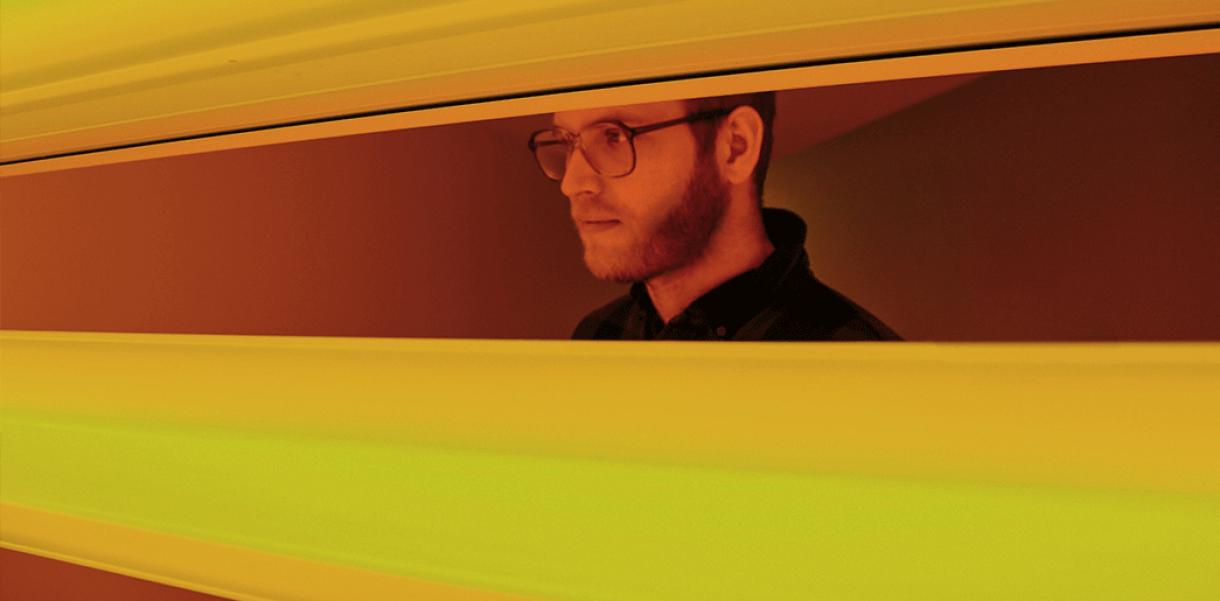What's the design?
Raspberry Pi develops affordable, single-board computers and free software to make computer learning accessible. Their first iconic computer, about the size of a credit card and priced at $25, won an Index Award 2013. Today, the Raspberry Pi Foundation teaches computing and digital skills to people of all ages, all over the world. Collaborating with youth organisations and schools, they host clubs and events as well as provide teacher training and curriculums. In essence, Raspberry Pi has been a driving force in making computers more globally accessible to people of all ages.
The hurdle
Eben Upton came up with the idea of Raspberry Pi while working at the University of Cambridge's Computer Laboratory. He then founded the charity in 2008, starting with a few colleagues who worked on the project in their free time. "We had to figure out how to build the business at a reasonable cost," Upton explained. "As we were a non-profit, we weren't able to raise risk-capital, but we saw this as an opportunity instead of a weakness."
The strategy
Usually, for many companies starting up, the biggest struggles are related to raising and securing capital. But since Raspberry Pi was a non-profit and didn't have the capital to be a computer manufacturer, they decided to pursue a different strategy. "We re-launched ourselves as a licensing company for the design of the product and the brand we developed around it," said Upton "Today, we're an IP-licensing company." Thanks to this, Raspberry Pi avoided the frequent start-up headaches related to capital and manpower.
"I'd be lying if I said it's been a struggle - we've been very lucky," says Upton. "It also comes down to the fact that we've grown in a very measured way and put attention into details." Currently, 200 people are employed at the foundation working on both product development and education and training. "Our growth is over the past 10-15 years, and we've taken our time to hire employees slowly," Upton explains. "It's been an evolutionary path, where I've gone from having the crucial capabilities to realising later on that I lacked competence on the business side."
Looking back, Upton also believes "the growth of the foundation has been an interesting discovery in how you use the money as an anchor stone and acquire philanthropic money, corporate and individual philanthropic money".
Still, Upton thinks about the trials ahead in fulfilling the foundation's core mission: "We were created to respond to a challenge and if things are still broken in five years' time; it's our fault. So, we need to find smart, scalable and international solutions. Perhaps, we can draw inspiration from social franchising, as well as find ways to work with partners and enable them to leverage the stuff we've learned."
Tips from the designer
- Grow slowly – It's not always a race. Pay attention to details, explore your options thoroughly and take your time choosing the right team and funding.
- Surround yourself with a motivated team – There will be days, and even periods, where you'll feel like giving up. Having the right people around you could be the difference between collapse and conquer.
- Never rest on your laurels – As the world changes around us, so do people's needs. You need to continually evaluate your core mission, how your product serves society, and how you can improve your value.



